Scores




A large portion of medical education is situated in the workplace, i.e. hospitals and clinics. However, educational environment found during clerkships is entirely different from the one found during the pre-clinical years in medical school.
Clerkships are considered crucial for acquiring a range of competencies, including diagnostic reasoning and physical examination skills, yet the actual learning process and learning experience in the clinical environment remained poorly developed for years.
Most of the curricula were designed with a thought that just placing students in a clinical setting would automatically lead to learning and that they would make the most of the offered learning opportunities.
During the current decade, the attempts have been made to understand learning processes in clinical practice. There has also been an increasing attention to physical examination skills in the medical curriculum thanks to the recommendations from many clinicians that have not gone unheard.
Various bodies have emphasized the importance of learning physical examination skills in the medical curriculum in which students have to demonstrate competence and proficiency before graduation.
Many medical schools revised their curricula to include essential clinical skills, including physical exam skills, and to establish clinical skills training, which students appreciate as preparation for future medical practice.
Still, learning the elements of a physical exam can be hard, especially without some sort of aid. There are books, notes, and of course, mobile apps that medical students, as well as clinicians, may use to overview the components of the patient physical exam.
Pocket PEx is one of those apps that provide a reference for students and junior doctors, enabling them to quickly review all the elements of a physical exam, as well as the order in which those elements should be performed.
The app is basically a mobile version of a website that was created by the University of California at San Diego School of Medicine. It is free to download and use on Android and iOS devices.
The app's interface is clean and easy to use. It features a list of "modules" as the app creators call them. These modules include key elements of the (adult) patient's history, as well as the exam areas, such as vital signs, head and neck, eyes, cardiovascular, and more.
Components of a complete, comprehensive exam are also included in this list, presenting most of the elements tied together in an organized fashion, as well as of pediatric exam and history (newborns, infants, and children).
The last entry in this list is Reference section, which provides names and/or links to all resources used for the information provided in this app.
Although exam areas are separated, the app users can link together all components that make the most sense for a particular case. This especially applies to comprehensive exams module that allows users to move from one element to the next, which are organized together.
The app allows users to check and omit sections based on the patient's presentation, their clinical judgment, and actual practice.
For example, adult history checklist allows users to check if their patients have a chief complaint or if there's a history of present illness, review the systems and add complete history, medications or allergies.
The Cardiovascular module provides a checklist for components of this type of the exam, such as precordium inspection, palpation and auscultation, jugular venous pressure assessment, and more.
Abdomen module opens a checklist of common actions and components related to an abdominal exam, such as percussion or palpation of the abdominal quadrants, inspecting if there's a pain present, etc.
Eye module provides step to complete the eye exam including observation of the external structures, checking visual fields, and so on.
Each section contains links that explain specific steps with additional relevant information provided by various medical websites, including NIH, CDC, AHRQ, and others.
Most of these links, however, take users to University of California's website, i.e. their "A Practical Guide to Clinical Medicine" this app is based upon. This website doesn't look good on mobile, but it doesn't look good on PC either because it lacks basic design elements.
However, the information it provides is relevant and comprehensive, provided in more detail than in the app, which is a condensed version of the website.
It would be much better if this additional information is available in-app with reference to the source materials. Instead, links take you outside the app, which requires an Internet connection.
Another problem with the app is a lack of an ability to bookmark or save exams for a later review.
Overall, PocketPex app is a functional tool, with a room for an improvement, which is particularly intended for medical students to help them learn the various elements of a physical exam.
Benefit: The app is mostly intended for medical students, clerks, and interns.
Verdict:
For- Learning components of physical exam thanks to easy-to-use checklists
- Most of the body systems are covered
- A well-referenced resource
- It would be better if additional information opens in-app
- No ability to save exams


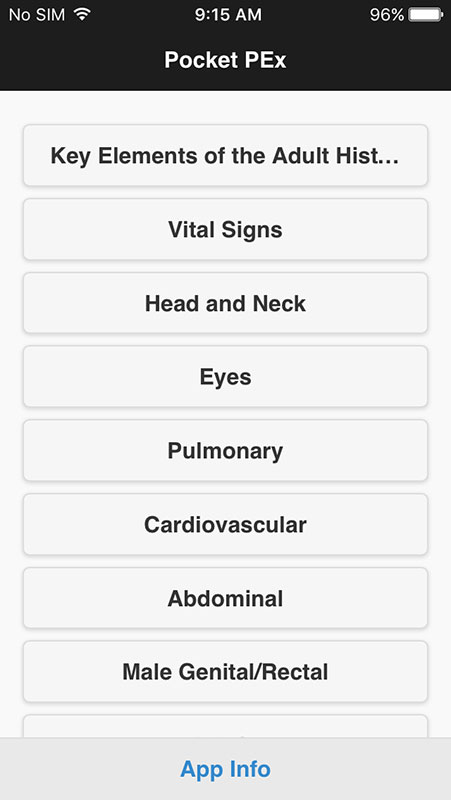
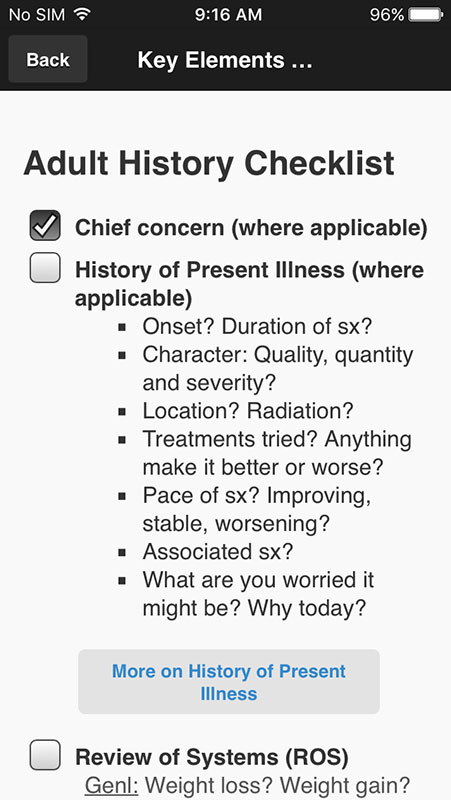
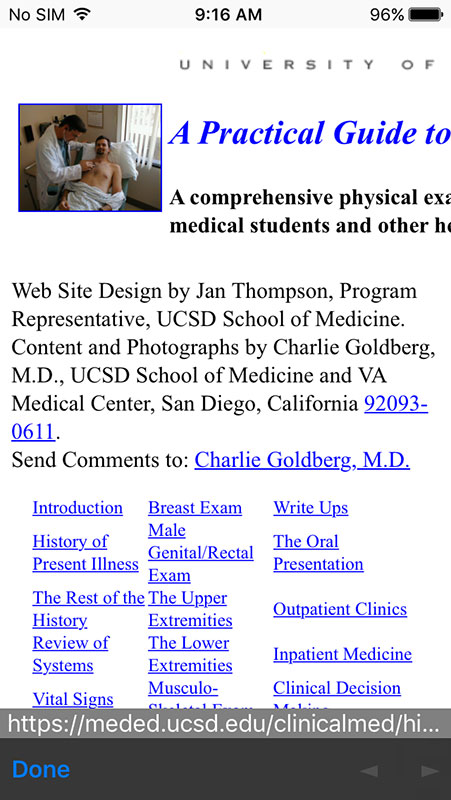
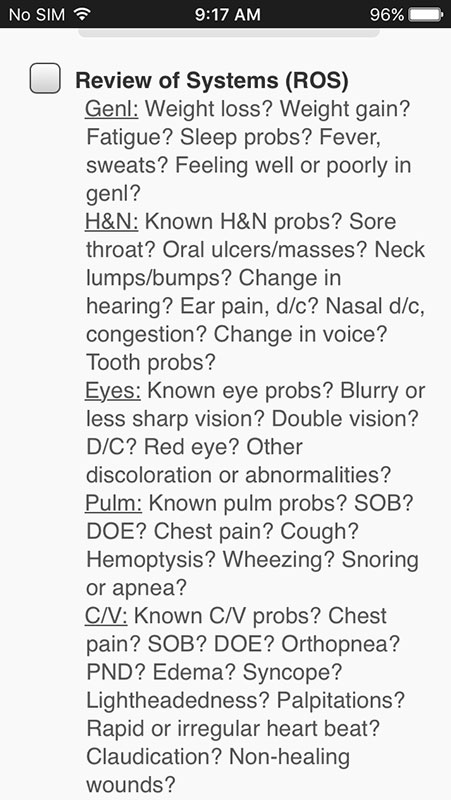
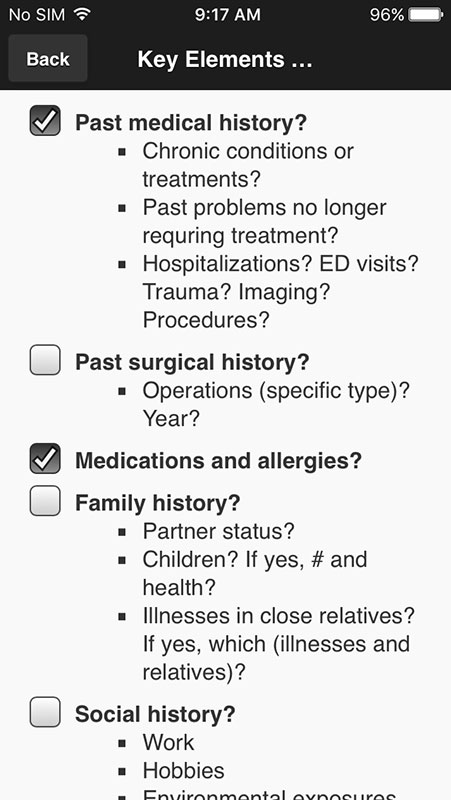
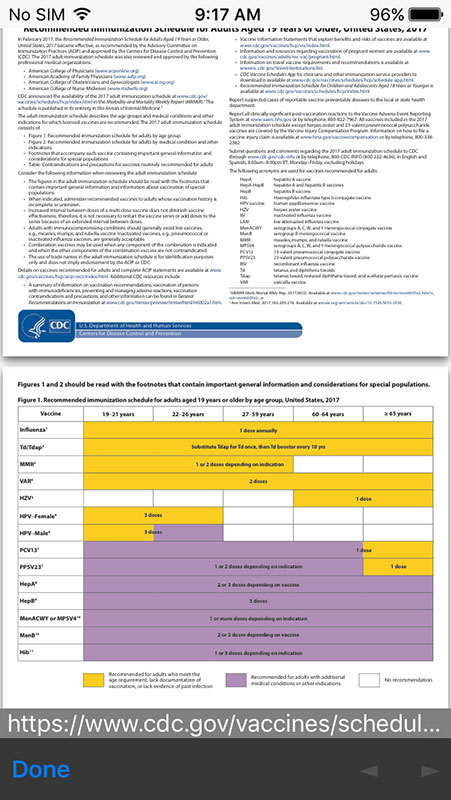
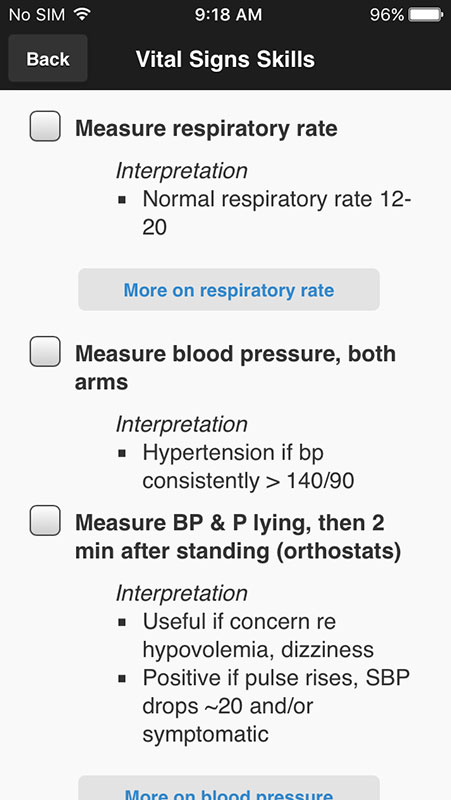
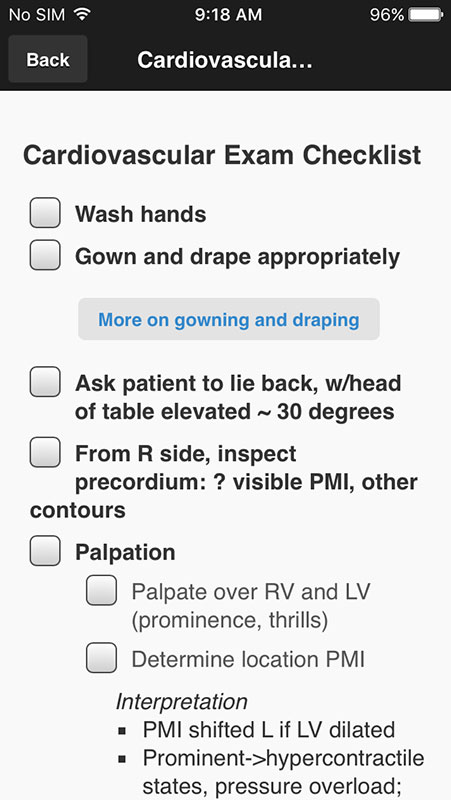

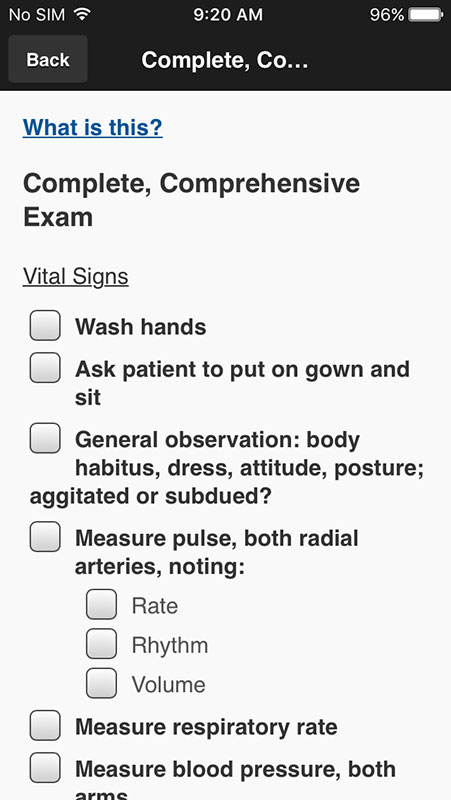
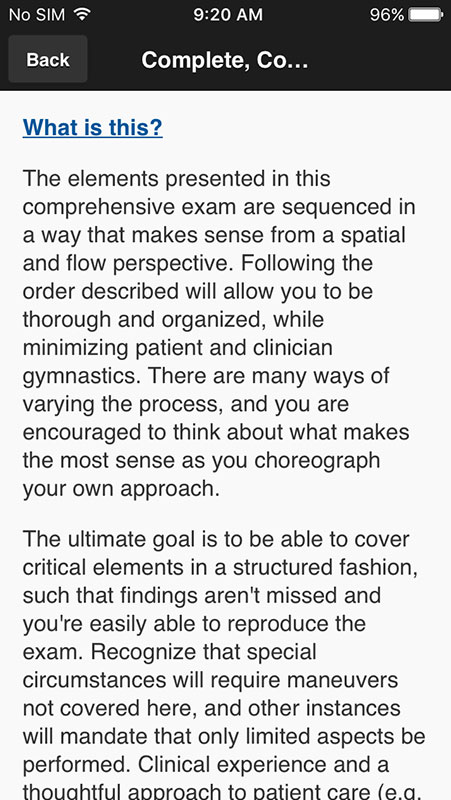
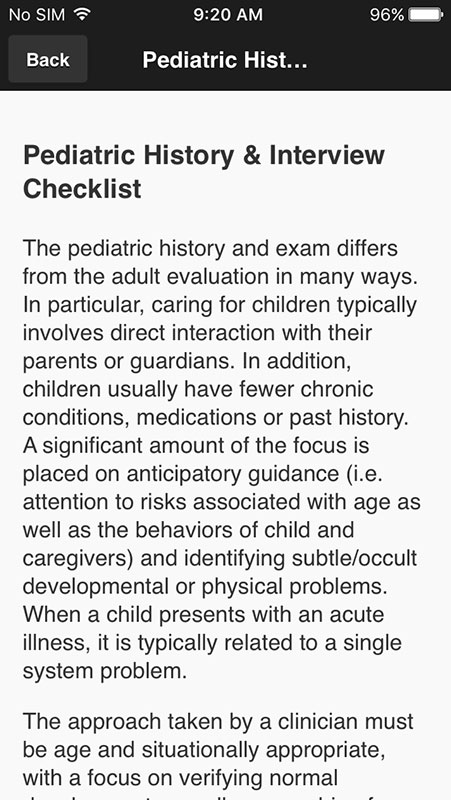

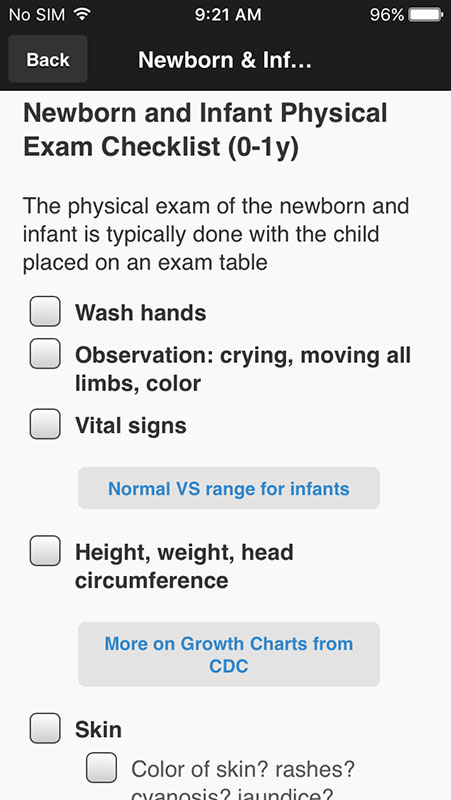
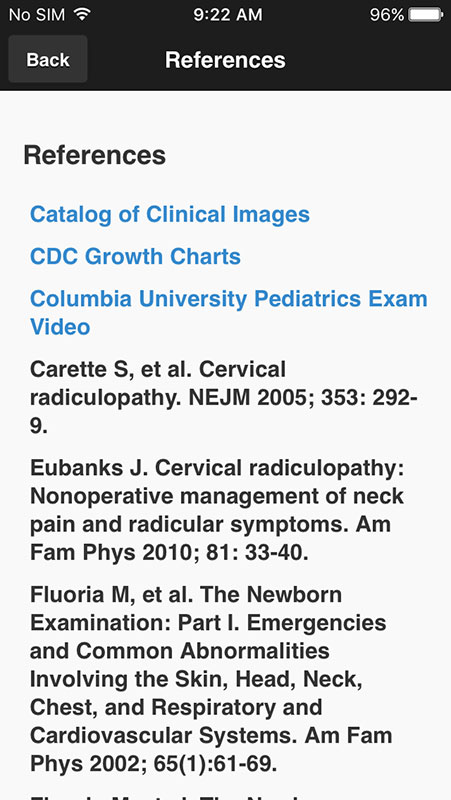


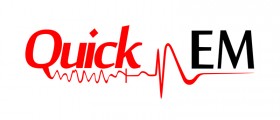









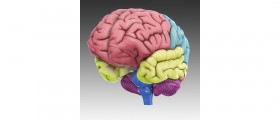

















Your thoughts on this
Loading...